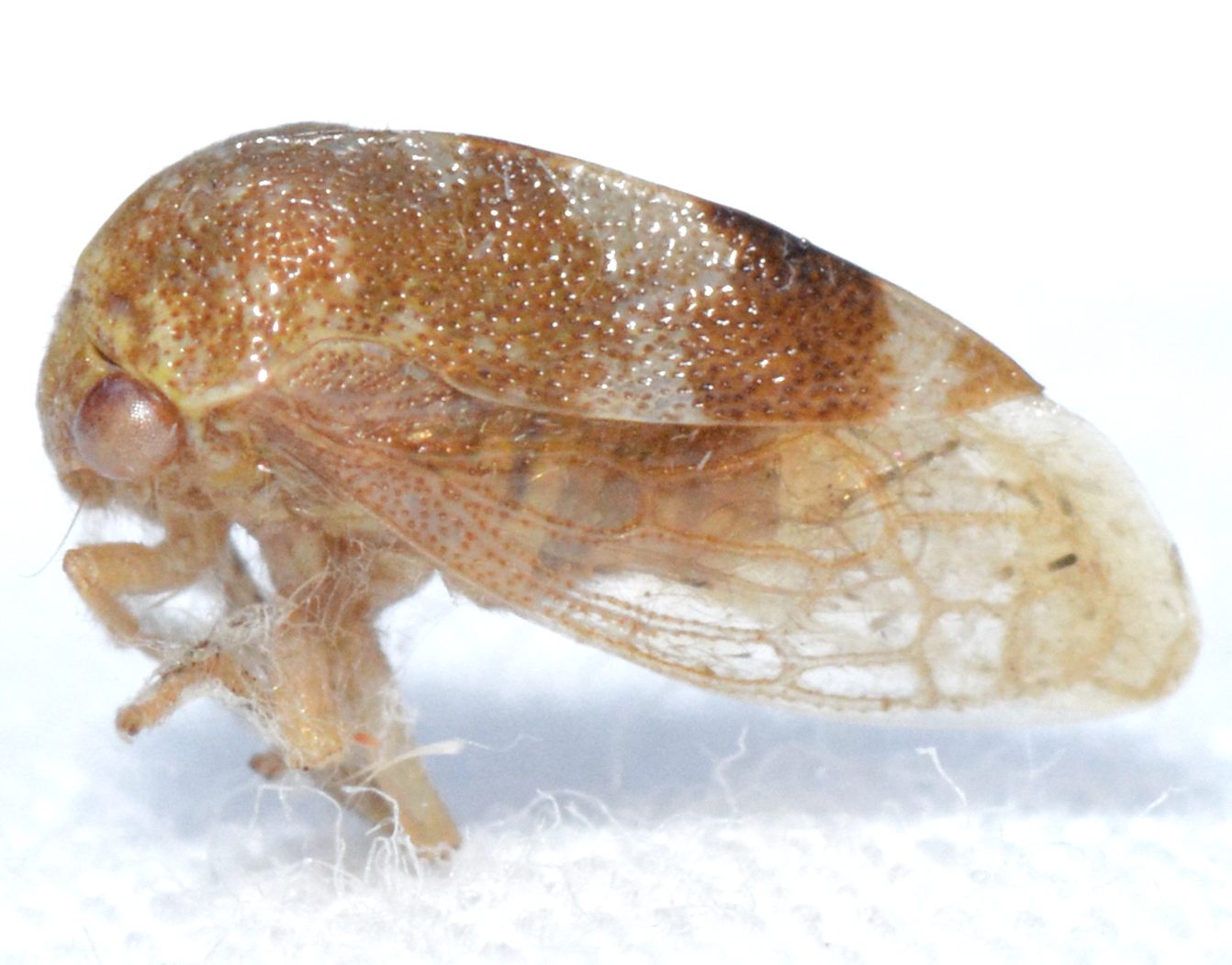| description |
Adults range in color from reddish to whitish-yellow. This species seems to have a lot of variety in the coloration and pattern of the pronotum, but the pronotal shape and the fact that there doesn't seem to be an apical dark spot on the wing is pretty consistent with this species (M. Rothschild pers. comment). In fully marked individuals, there is a prominent blackish path near the front of the pronotum, sometimes reduced to a smaller black patch on each side of the eye; this black patch though is characteristic of this species. However, some individuals of this species can lack any sign of a black frontal mark on the pronotum. These paler individuals though have the characteristic streamlined look of this species, and also feature two prominent pale transverse bands on the posterior half of the pronotum; the pronotum lacks a prominent crest. The face is pale and coarsely punctured. There is also typically an apical dark spot on the wings, but this can lack in some individuals. Adults are around 6 mm long. (Kopp) |
Species Photo Gallery for Cyrtolobus maculifrontis No Common Name |
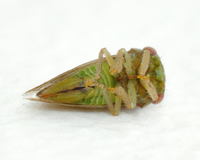 | Photo by: Kyle Kittelberger, Brian Bockhahn, Paul Scharf
Surry Co.
Comment: grassy, brushy habitat near forest edge & forest; female | 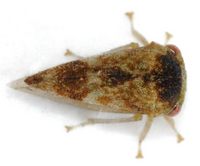 | Photo by: Kyle Kittelberger, Brian Bockhahn, Paul Scharf
Surry Co.
Comment: grassy, brushy habitat near forest edge & forest; female |
 | Photo by: Kyle Kittelberger, Brian Bockhahn, Paul Scharf
Surry Co.
Comment: grassy, brushy habitat near forest edge & forest; female | 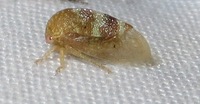 | Photo by: B. Bockhahn
Gates Co.
Comment: |
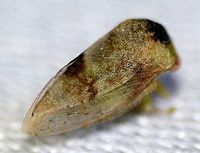 | Photo by: Paul Scharf
Warren Co.
Comment: Attracted to UV Light | 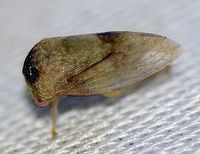 | Photo by: Paul Scharf
Warren Co.
Comment: Attracted to UV Light |
 | Photo by: Paul Scharf
Warren Co.
Comment: Attracted to UV Light | 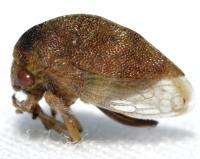 | Photo by: Kyle Kittelberger, Paul Scharf, Brian Bockhahn
Rockingham Co.
Comment: attracted at night with a light; female |
 | Photo by: Kyle Kittelberger, Paul Scharf, Brian Bockhahn
Rockingham Co.
Comment: attracted at night with a light; female | 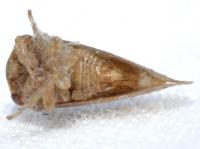 | Photo by: Kyle Kittelberger
Gates Co.
Comment: collected by B. Bockhahn; males |
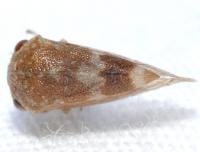 | Photo by: Kyle Kittelberger
Gates Co.
Comment: collected by B. Bockhahn; males | 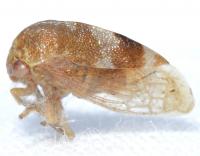 | Photo by: Kyle Kittelberger
Gates Co.
Comment: collected by B. Bockhahn; males |
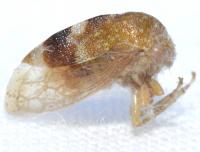 | Photo by: Kyle Kittelberger
Gates Co.
Comment: collected by B. Bockhahn; males | 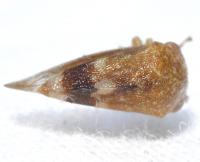 | Photo by: Kyle Kittelberger
Gates Co.
Comment: collected by B. Bockhahn; males |
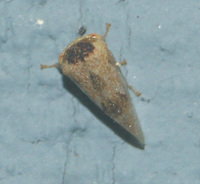 | Photo by: Vin Stanton
Buncombe Co.
Comment: semi-wooded residential neighborhood | 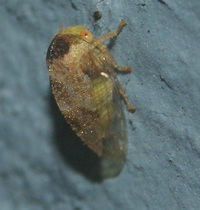 | Photo by: Vin Stanton
Buncombe Co.
Comment: semi-wooded residential neighborhood |
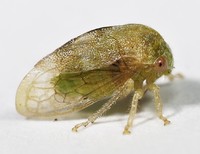 | Photo by: Rob Van Epps
Mecklenburg Co.
Comment: Came to UV light. Suburban yard near woods. |  | Photo by: Scott Bolick
Alleghany Co.
Comment: |
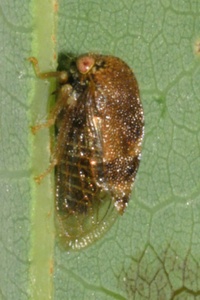 | Photo by: Scott Bolick
Alleghany Co.
Comment: | 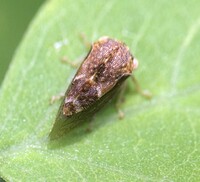 | Photo by: Ted Wilcox
Watauga Co.
Comment: unid_treehopper |
 | Photo by: Ted Wilcox
Watauga Co.
Comment: unid_treehopper | 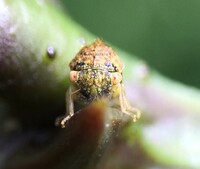 | Photo by: Ted Wilcox
Watauga Co.
Comment: unid_treehopper |
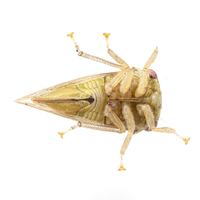 | Photo by: Solomon Hendrix
Wake Co.
Comment: | 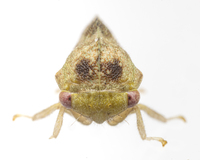 | Photo by: Solomon Hendrix
Wake Co.
Comment: |
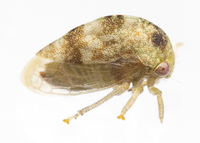 | Photo by: Solomon Hendrix
Wake Co.
Comment: | 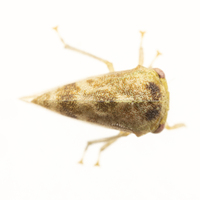 | Photo by: Solomon Hendrix
Wake Co.
Comment: |
|

 »
»


